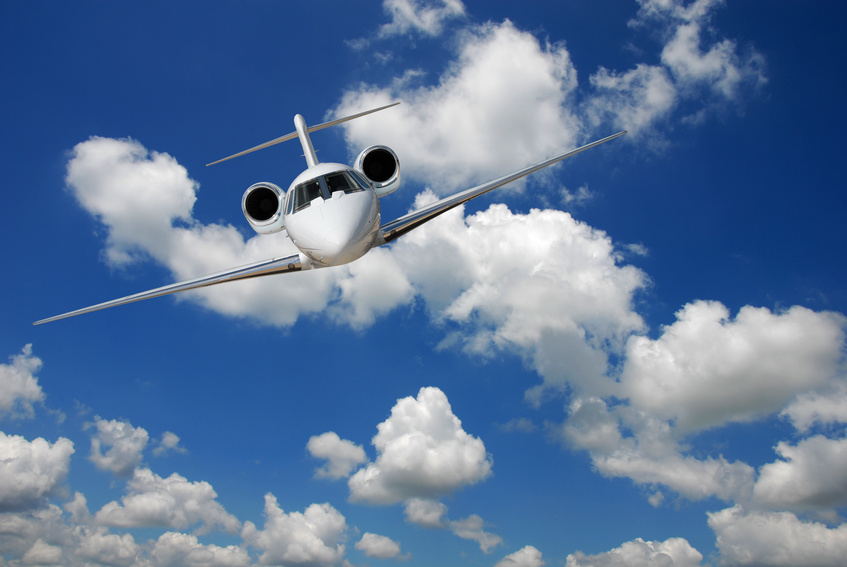Consumers are becoming more and more reliant on their Smartphones and the idea of mobile payments. The airlines have noticed, and plan to begin investing in mobile payment systems. Global airlines’ investment in self-service kiosk technology will decline over the next few years as a result. This is reflected in a recent Wordpay report that found 83 percent of airlines surveyed believe improving and deploying new payment technology is a major business priority.
Nearly three-quarters of respondents said that the future of airline payments lies in mobile, with 50 percent seeing mobile payments as a way to keep up with competitors and 45 percent seeing them as a way to increase revenues. Twenty-eight percent also let passengers reserve seats via mobile devices, 5 percent offer mobile purchases of in-flight duty-free goods, and 2 percent offer in-flight purchases of food and drink to consume onboard. With these numbers, it is only natural that the airline industry would begin the crossover to mobile payment systems.
While the crossover to mobile payment systems is good, there will be challenges, such as increased fraud risk, mobile platform diversity, and lack of integration with current systems and processes. While setbacks are a reasonable risk, you must remember that millions of people fly every day, and these setbacks will likely cause major headaches to travelers. This change is great though, in the case of the upcoming change to chip and PIN cards. The standard terminals are not wired to currently accept these cards, however, mobile payment services are. These cards are currently used in Europe, and the switch to mobile payment systems will not only help out American travelers in American airports but also European travelers in American airports, as they could easily access the mobile payment systems.
The eventual switch from self-service kiosks to mobile payment systems in airports and on board an airplane is fantastic for both the card industry and the consumer. The card industry loves it because it will help the transition to chip and PIN cards without much effort. Consumers love it because the majority of American consumers use plastic cards for payment more than ever. While there may be some kinks along the way, this switch is good for everyone. It may even help speed up the ticket counters at the airport, which would be fantastic.


